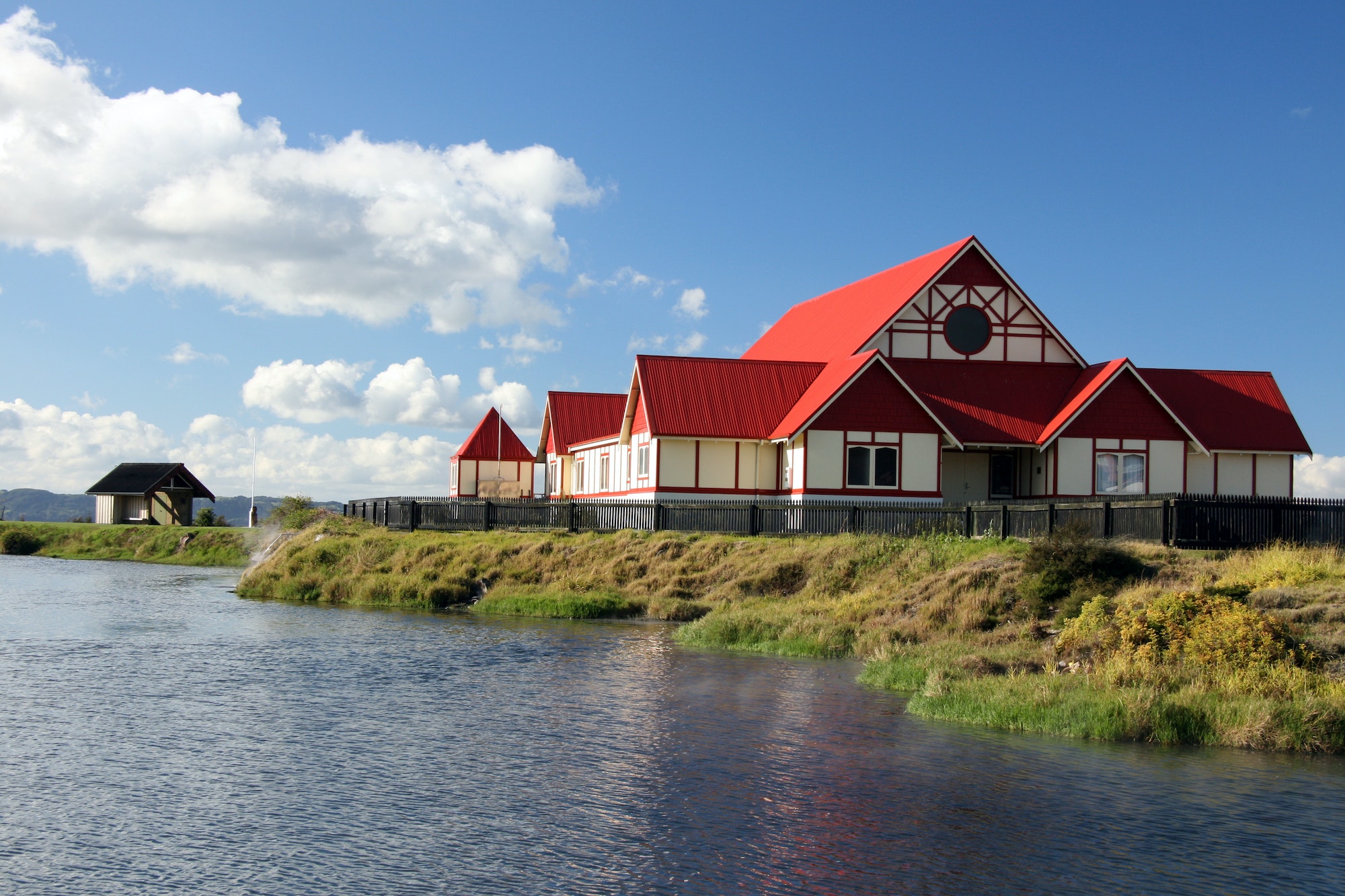The New Zealand housing market has been a subject of significant interest and concern for both domestic and international investors, homebuyers, and policymakers alike. Over the past few years, this Pacific nation has experienced a housing boom like never before, with soaring property prices, housing shortages, and changing demographic patterns.
In this article, we will delve into the complexities of the New Zealand housing market and explore the factors that have contributed to its current state.
A Ballooning Housing Bubble: Understanding the Surge in Property Prices
The housing market in New Zealand has witnessed a significant surge in property prices, propelling it into a full-blown housing bubble. This remarkable escalation in prices has become a major cause for concern for those aspiring to own a home and has raised questions about the sustainability of the current market trends.
One key factor fueling this housing bubble is the demand-supply imbalance. Population growth, driven by immigration and urbanization, has outpaced the construction of new dwellings, resulting in a severe shortage of available housing units. As a consequence, competition among buyers has intensified, bidding up prices to unprecedented levels.
Additionally, historically low-interest rates have played a crucial role in driving demand. With interest rates at record lows, borrowing costs have become more affordable, incentivizing prospective buyers to enter the market. However, this has also contributed to an increase in speculative investment, as investors seek to capitalize on capital gains. The combination of rising demand, inadequate supply, and favorable lending conditions has led to a bubble that poses significant challenges for policymakers in maintaining housing affordability and financial stability.
Affordability Crisis: The Plight of First-Time Homebuyers
The rapid escalation in property prices has created an affordability crisis for first-time homebuyers in New Zealand. Aspiring homeowners, particularly young people and low to middle-income families find it increasingly difficult to enter the housing market, despite record-low interest rates.
To address the affordability issue, the New Zealand government has implemented various measures. One notable initiative is the First Home Grant, which provides financial assistance to eligible first-time buyers to help cover the deposit and associated costs. Additionally, KiwiSaver, a voluntary savings scheme, enables individuals to accumulate funds for their first home purchase.
Nonetheless, these measures have only offered temporary relief, as they do not tackle the core issue of supply shortage. To address the housing crisis more effectively, the government must focus on promoting construction and housing development to meet the demands of the growing population.
Exploring Alternative Real Estate Solutions: Embracing Innovation in Property Sales
As the New Zealand housing market grapples with challenges such as soaring property prices and housing shortages, alternative real estate solutions such as Your Property Solutions have emerged as potential avenues for property owners to navigate these uncertain waters. Embracing innovation in property sales, digital platforms and technologies have become prominent players in the market. Online property marketplaces and auction platforms offer sellers an efficient and convenient way to list and market their properties to a broader audience, potentially attracting more buyers.
Additionally, concepts like fractional ownership and real estate crowdfunding have gained traction, allowing multiple investors to pool their resources and collectively own a property, offering new opportunities for both buyers and sellers. As the housing landscape continues to evolve, these alternative solutions could contribute to a more dynamic and adaptable housing market in New Zealand, providing potential relief amidst the current complexities.
Shifting Demographics and Regional Disparities: The Impact on Housing Market Trends
New Zealand’s housing market dynamics have also been influenced by shifting demographics and regional disparities. Major cities like Auckland and Wellington have experienced the most significant property price increases due to their economic opportunities and attractiveness for migrants. In contrast, some rural areas have faced stagnating or declining property values, leading to a growing urban-rural divide.
Moreover, changing demographics, including an aging population and increased urbanization, have influenced the types of properties in demand. Smaller, low-maintenance properties have gained popularity among aging homeowners looking to downsize, while young families seek larger dwellings with access to amenities and quality schools.

Government Interventions and Regulatory Measures: Tackling the Housing Crisis
Recognizing the severity of the housing crisis, the New Zealand government has implemented a series of interventions and regulatory measures to stabilize the market. One significant step taken by the government was the introduction of the Foreign Buyer Ban in 2018, which prohibited non-resident foreigners from acquiring residential properties in New Zealand, except for newly constructed homes. This measure aimed to curb speculative buying from foreign investors and prioritize local homebuyers.
Furthermore, the government has initiated a comprehensive review of the tax system to address property speculation. The introduction of a capital gains tax has been a topic of debate, as proponents argue that it could deter speculative investment, while opponents fear it may stifle investment in the real estate market. Such measures underline the government’s commitment to addressing the housing crisis and ensuring a fair and stable housing market for all New Zealanders.
Sustainable Urban Planning: Balancing Growth and Livability
As urban centers experience population growth and increased demand for housing, sustainable urban planning becomes paramount to strike a balance between growth and livability. The emphasis on creating vibrant and well-connected communities is essential to ensure residents have access to essential amenities, green spaces, and public transportation. Additionally, promoting higher-density housing near major employment hubs can help reduce commuting times and ease pressure on the housing supply.
To encourage sustainable urban development, local governments, and policymakers must collaborate with communities and stakeholders to create long-term visions for urban growth. These plans should incorporate affordable housing targets, environmental sustainability measures, and infrastructure improvements to accommodate the changing needs of residents while preserving the unique character of each region.
The New Zealand housing market is facing significant challenges, including a housing bubble, affordability crisis, and regional disparities. The government’s interventions and innovative solutions are crucial in addressing these issues and ensuring a fair and stable housing market for all residents. Sustainable urban planning will play a vital role in striking a balance between growth and livability as the country continues to navigate the complexities of its housing landscape.
Discover more from Futurist Architecture
Subscribe to get the latest posts sent to your email.



